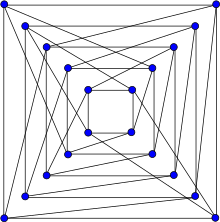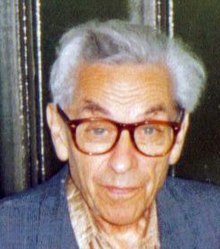Jon Folkman
Jon Hal Folkman (December 8, 1938 – January 23, 1969)[3] was an American mathematician, a student of John Milnor, and a researcher at the RAND Corporation.
[4] He received his Ph.D. in 1964 from Princeton University, under the supervision of Milnor, with a thesis entitled Equivariant Maps of Spheres into the Classical Groups.
[7][8] In lattice theory, Folkman solved an open problem on the foundations of combinatorics by proving a conjecture of Gian–Carlo Rota; in proving Rota's conjecture, Folkman characterized the structure of the homology groups of "geometric lattices" in terms of the free Abelian groups of finite rank.
[12] In convex geometry, Folkman worked with his RAND colleague Lloyd Shapley to prove the Shapley–Folkman lemma and theorem: Their results suggest that sums of sets are approximately convex; in mathematical economics their results are used to explain why economies with many agents have approximate equilibria, despite individual nonconvexities.
[13] In additive combinatorics, Folkman's theorem states that for each assignment of finitely many colors to the positive integers, there exist arbitrarily large sets of integers all of whose nonempty sums have the same color; the name was chosen as a memorial to Folkman by his friends.

